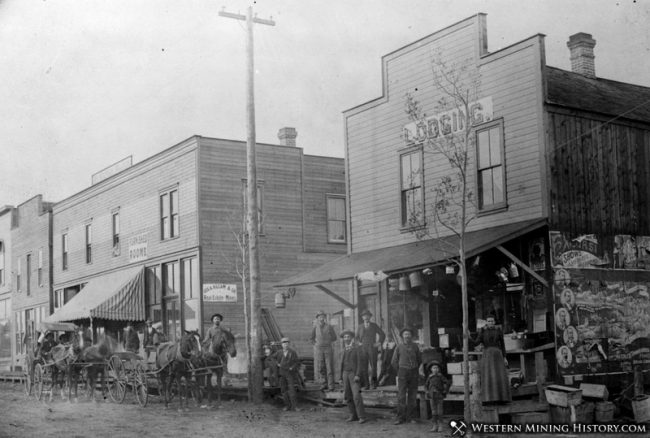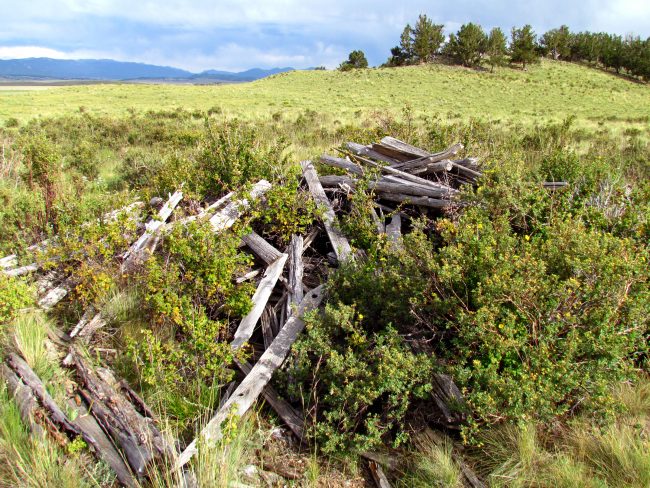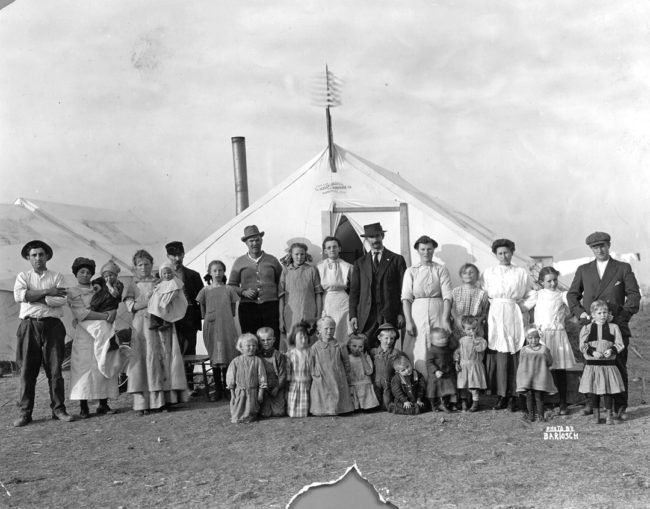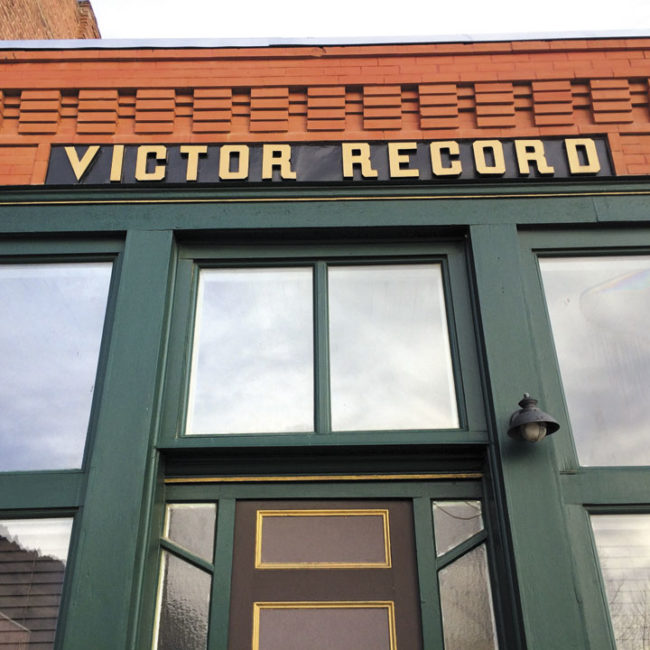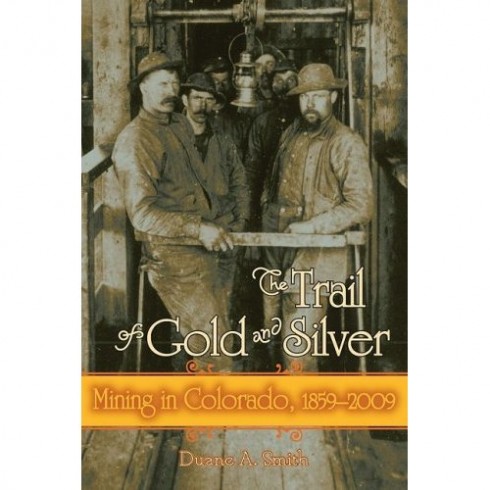IN TELLER COUNTER, THE ABANDONED town site of Gillett lies just beyond Cripple Creek and Divide, near the intersection of County Roads 67 and 81 (Lazy S Ranch Road). It looks uninteresting, amounting to nothing more than a field with a couple of modern homes near the road. Gillett began as a simple log cabin. But in anticipation of the arrival of the Midland Terminal Railway from Divide, a land company purchased the valley and filed for a townsite. Originally called West Beaver Park, its name was changed to Gillett upon the arrival of the railroad on July 4, 1894…

